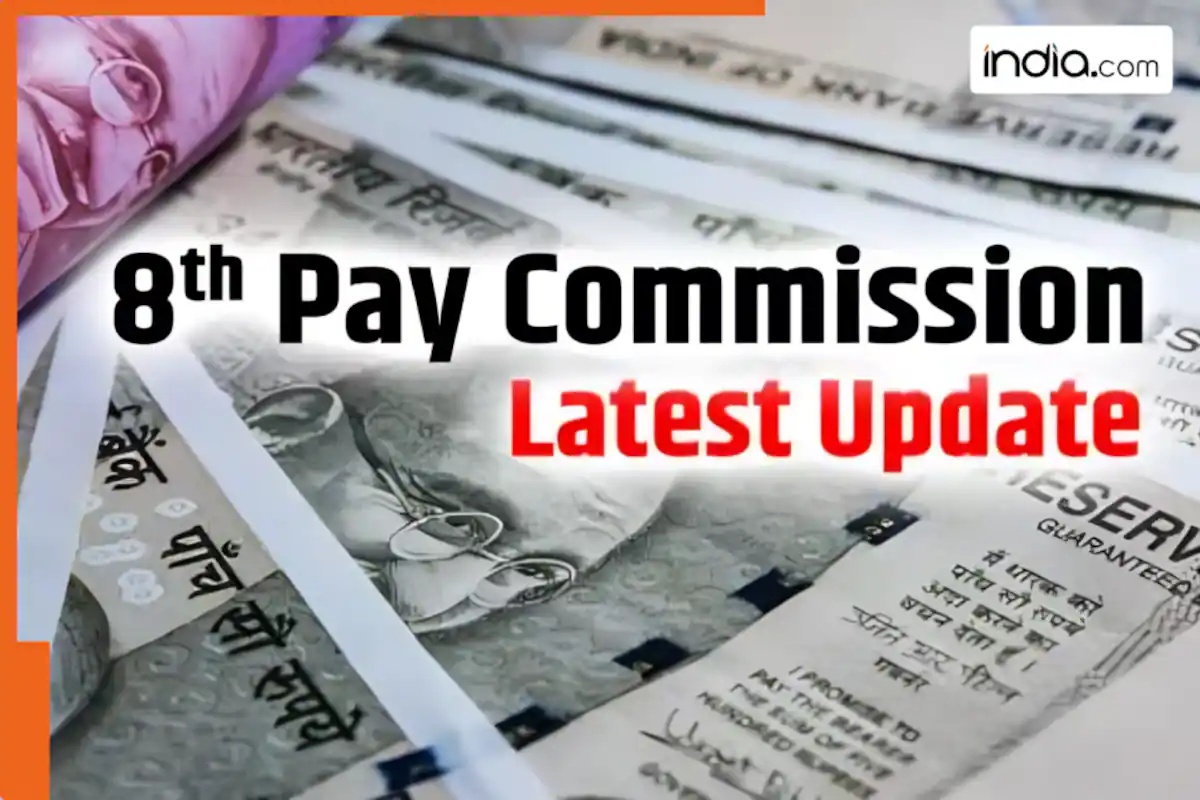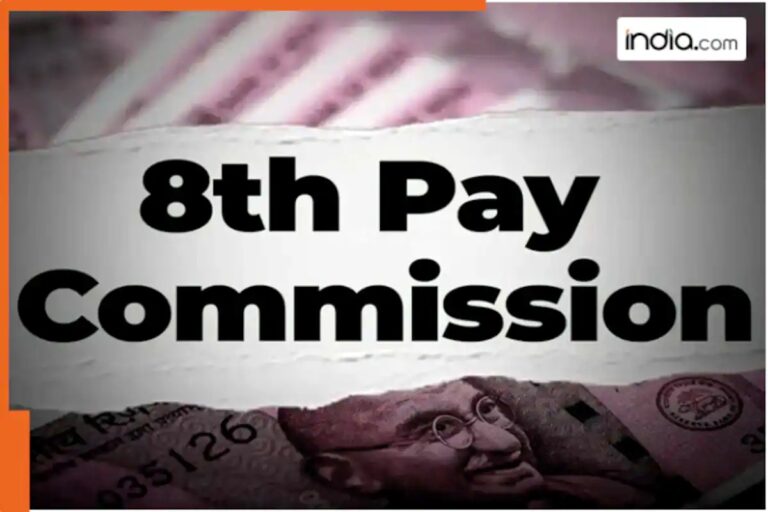
8th Pay Commission Timeline and Salary Projections
The Union Cabinet’s recent approval of the 8th Central Pay Commission (CPC) has sparked widespread anticipation among central government employees across India. Expected to be implemented by 2027, the reform aims to address long-standing concerns about stagnant salaries and inflationary pressures. Analysts suggest that the proposed changes could result in a threefold increase in basic pay, allowances, and pensions compared to the 7th CPC framework. This adjustment is attributed to a revised fitment factor, which has been raised from 2.57 to approximately 2.86. For instance, a Level 1 basic salary of Rs 18,000 could escalate to over Rs 51,000, significantly improving the financial stability of lower-tier employees. The phased rollout of these changes is anticipated to alleviate the burden of rising living costs for millions of public sector workers.
Goldman Sachs Analysis and Sector Impact
Financial institutions like Goldman Sachs have highlighted the potential economic ripple effects of the 8th CPC. Their May 2025 report estimates that central government employees could see a monthly salary increase of Rs 14,000 to Rs 19,000 post-implementation. This projection is based on the assumption that the revised pay structure will cover approximately 50 lakh employees and 65 lakh pensioners. Currently, the median monthly salary for central government employees stands at Rs 1 lakh before taxes, but the proposed revisions could push this figure to Rs 1,14,600. The report also underscores the broader implications for public finances, as the government is expected to allocate Rs 1.75 lakh crore for the commission, with half dedicated to salary adjustments and the remainder for pension reforms.
Comparative Analysis with Previous Pay Commissions
The 7th Pay Commission, implemented in 2016, cost the government Rs 1.02 lakh crore, with a significant portion allocated to pension adjustments. In contrast, the 8th CPC’s projected budget of Rs 1.75 lakh crore reflects a more balanced approach, prioritizing both salary revisions and pension enhancements. Employee unions have expressed cautious optimism, noting that the fitment factor increase aligns with the 7th CPC’s recommendations. However, they remain vigilant about potential compromises in the final implementation, emphasizing the need for transparency in the process. The revised framework is also expected to address disparities in pay scales across different states and departments, ensuring a more equitable distribution of resources.
Implementation Challenges and Stakeholder Reactions
Despite the optimism surrounding the 8th CPC, challenges remain in ensuring smooth implementation. The government must navigate complex administrative procedures while balancing fiscal responsibilities. Critics argue that the projected salary hikes could strain public finances, particularly in the context of inflation and global economic uncertainties. However, proponents highlight the long-term benefits of a fairer compensation structure, which could enhance workforce morale and productivity. The success of the 8th CPC will depend on rigorous oversight and adherence to the proposed timelines. As the implementation date approaches, stakeholders from both the public and private sectors are closely monitoring developments, anticipating the ripple effects on economic growth and social welfare.
Broader Implications for Public Sector Reforms
The 8th CPC represents a pivotal moment in India’s public sector reforms, offering a roadmap for modernizing compensation structures. By addressing historical grievances and aligning salaries with current economic realities, the commission aims to create a more sustainable and equitable system. The emphasis on pension reforms underscores the government’s commitment to long-term fiscal responsibility. However, the success of these reforms will hinge on effective communication and stakeholder engagement. As the nation awaits the final details of the implementation plan, the 8th CPC stands as a testament to the evolving priorities of governance in a rapidly changing economic landscape.




